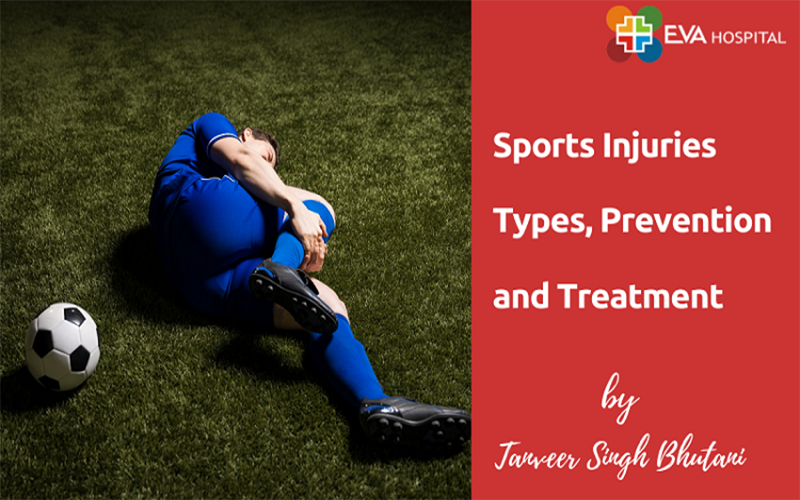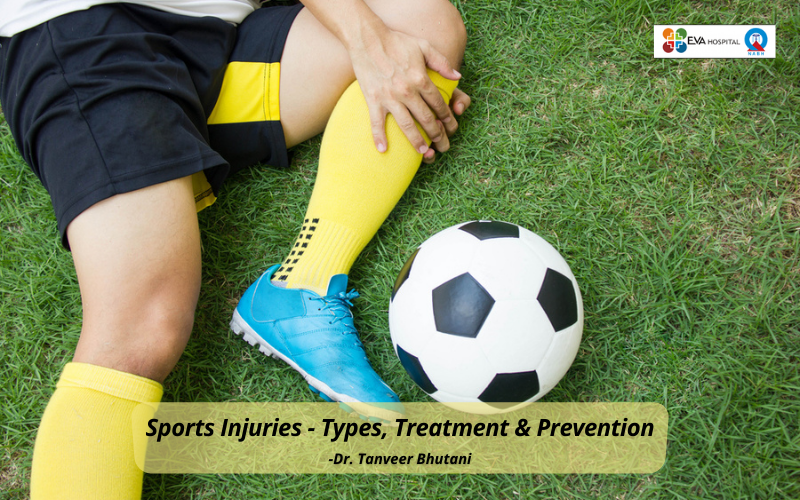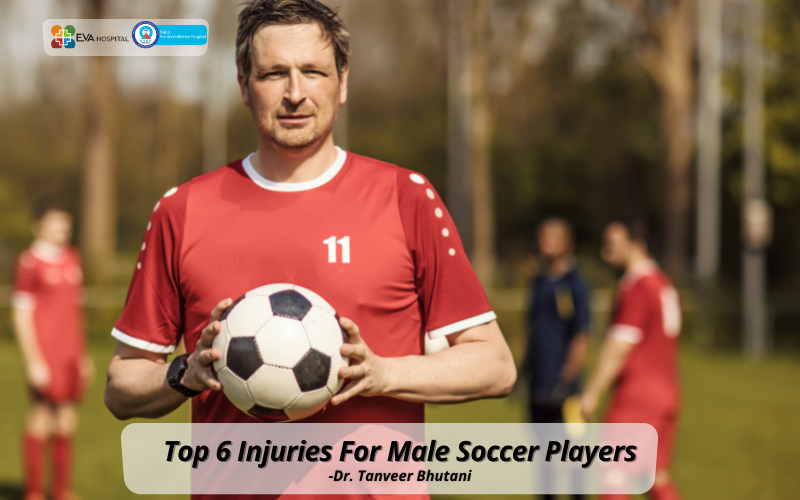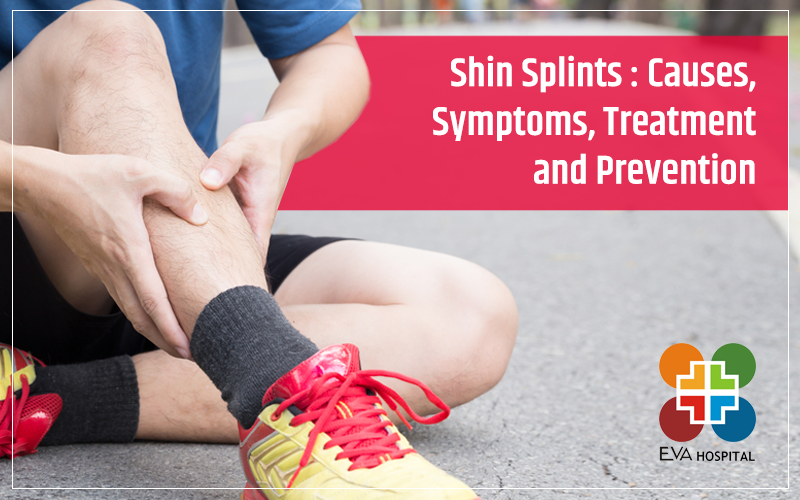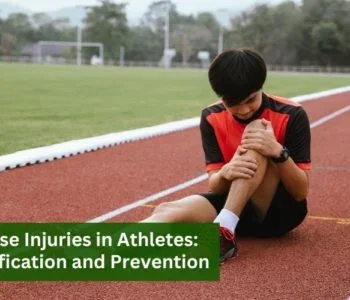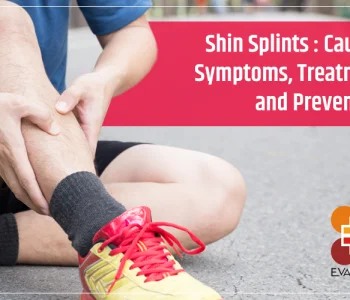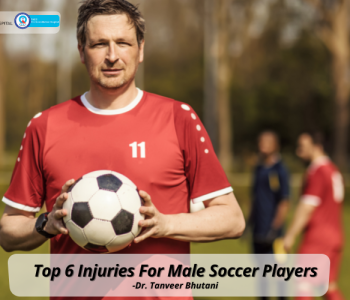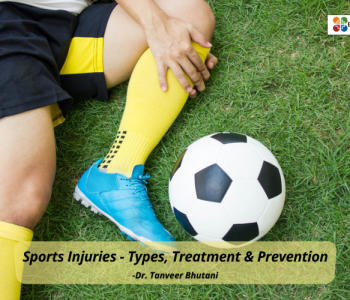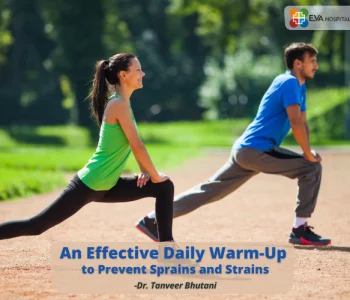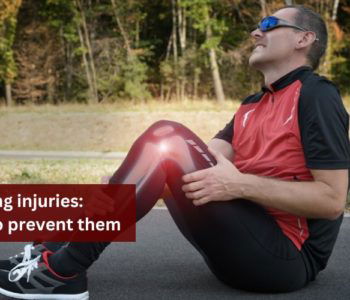 Sports Injuries Treatment
Sports Injuries Treatment
Running injuries: How to prevent them
Injuries are a common occurrence among runners; in fact, 90% experience at least one running injury annually. The top orthopedic doctors in Ludhiana indicate that the most significant indicators of running injuries include previous injury, body weight, gender, experience, running form, & training load.
It is unfortunate that women are more prone to running injuries than men due to their musculoskeletal structure. There isn’t anything you can do about risk factors like your gender or prior injuries but there are some things under your control such as your running form and training load which can be modified.
This article will provide you with information related to running injuries, so you can avoid these types of injuries in the future.
Some common running injuries
Stress fractures
- This is a minor bone fracture that results in discomfort and pain, commonly seen in runners affecting the shin and feet.
- It is caused by overexertion during a new physical activity. Pain escalates during activity but diminishes with rest.
- It is crucial to prioritize rest, as persistent strain on the bone may result in more severe injury and hinder the recovery process.
Muscle pull
- This is a minor muscle tear, known as a muscle strain, typically caused by overstretching.
- When a muscle is pulled, there may be a sensation of popping as the tear occurs.
- Treatment involves following the RICE method: rest, ice, compression, and elevation.
- Commonly affected muscles include the hamstrings, quadriceps, calf, and groin.
Runner’s knee
- This is a prevalent overuse injury known as Runner’s knee, also referred to as Patellofemoral syndrome, which can be caused by various factors, most commonly misalignment of the kneecap.
- As a result of continuous stress, the cartilage on the kneecap may gradually deteriorate, leading to discomfort around the kneecap, especially when engaging in activities such as climbing stairs, squatting, or prolonged periods of sitting with the knee bent.
Blisters
- Blisters, which are fluid-filled sacs that form on the skin’s surface due to friction from shoes or socks, can be prevented by gradually breaking in new shoes, wearing double-layered socks, and applying petroleum jelly to areas prone to blisters.
Ankle sprain
- The stretching or tearing of ligaments around the ankle, often occurring when the foot twists or rolls inward, is a common occurrence.
- Fortunately, sprains generally improve with proper care such as rest, ice, compression, and elevating the foot.
Shin pain
- Shin splints, also known as medial tibial stress syndrome or MTSS, are a common occurrence characterized by pain in the front or inside of the lower leg along the shin bone (tibia).
- This pain typically arises after a sudden change in workout routine, such as running longer distances or increasing the frequency of runs too rapidly.
- A normal x-ray can help determine the specific condition. Individuals with flat feet are at a higher risk of developing shin splints.
- Treatment options include reducing mileage, slowing pace, and incorporating stretching exercises.
How to prevent these injuries?
Increase flexibility
- To minimize the risk of injury, it is recommended to maintain flexibility and looseness in the body. Incorporating flexibility exercises into your regular routine can help achieve this goal.
- Participating in yoga can effectively enhance flexibility, improve balance, and promote a sense of calmness and mental focus.
Listen to your body
- No one understands your physical well-being as you do.
- If you are experiencing fatigue or low energy levels, it is advisable to skip your training for that day. Alternatively, you may need to adjust the duration or distance of your planned run.
- It is crucial to prioritize rest. Allocate time each week to refrain from running in order to prevent injuries and exhaustion that may arise from excessive exertion.
Visit an expert
- Before commencing your training regimen, it is advisable to consult with the best orthopedic surgeon in Ludhiana.
- Your healthcare professional may offer valuable injury prevention advice and assist in addressing any potential limitations you may encounter.
Build strength slowly
- It is recommended to proceed with caution when embarking on a new fitness regimen.
- It is best to begin with shorter runs and incrementally build up your mileage over a span of several weeks.
- Additionally, it is imperative to never simultaneously escalate both the distance and intensity of your workouts within the same week.
Invest in good footwear
- There appears to be a wide variety of footwear customised to specific activities, prompting one to contemplate the necessity of acquiring running shoes.
- However, it is crucial to recognize that wearing ill-fitting shoes during a run can hinder proper foot mechanics and elevate the likelihood of sustaining a running-related overuse injury.
- Running shoes are meticulously crafted to support the natural movement and biomechanics of the foot, making them a worthwhile investment for individuals engaging in frequent or long-distance running endeavors.
When to visit an ortho doctor?
- If you have sustained an injury while running that has not improved with basic home remedies, it would be advisable to consult with the top orthopedic doctors in Ludhiana or physiotherapist.
- It is recommended to schedule an appointment if you are experiencing severe pain or swelling in a joint or bone, numbness, tingling, or weakness in the affected area, or if you are unable to bear weight or move the injured area.
Implementing these tips is likely to make you a more powerful runner and give you strength to reach your goals, whatever they may be.
